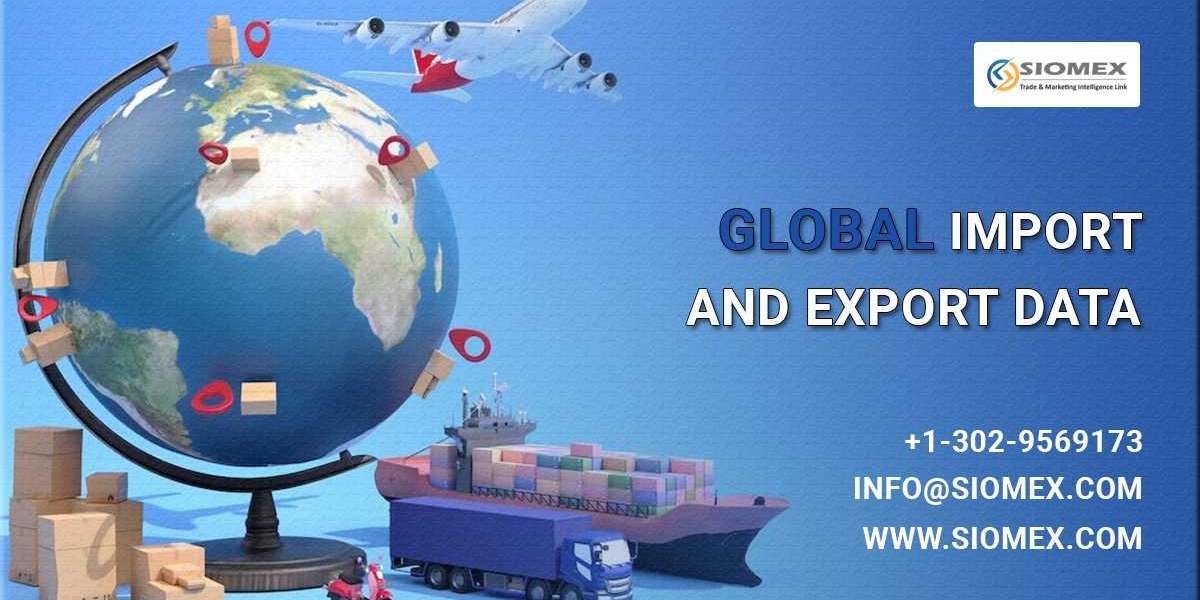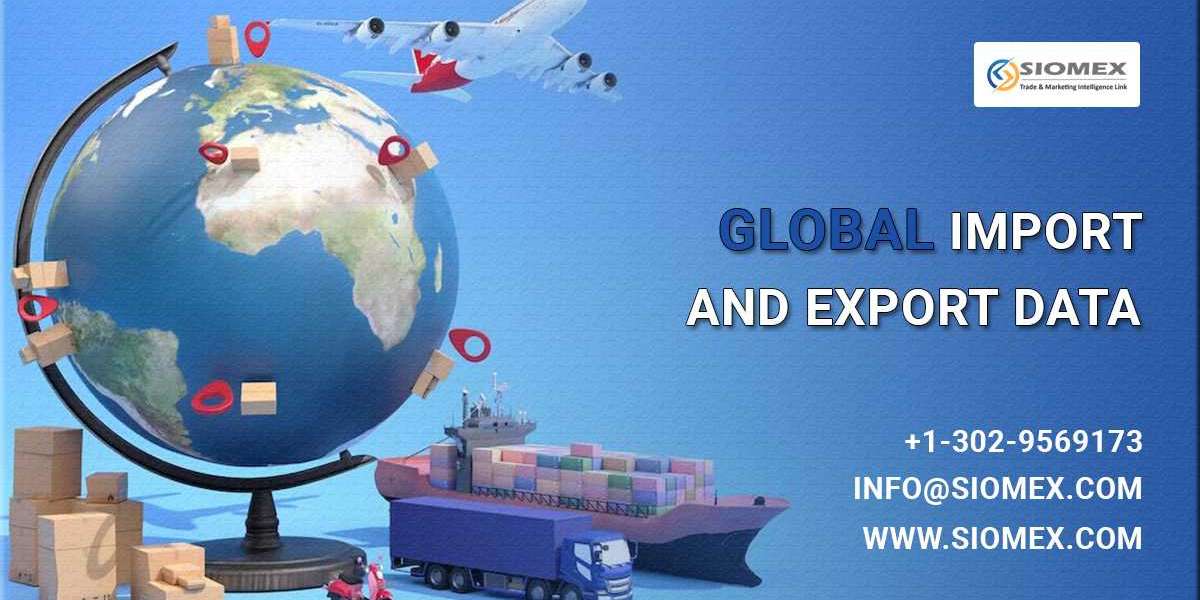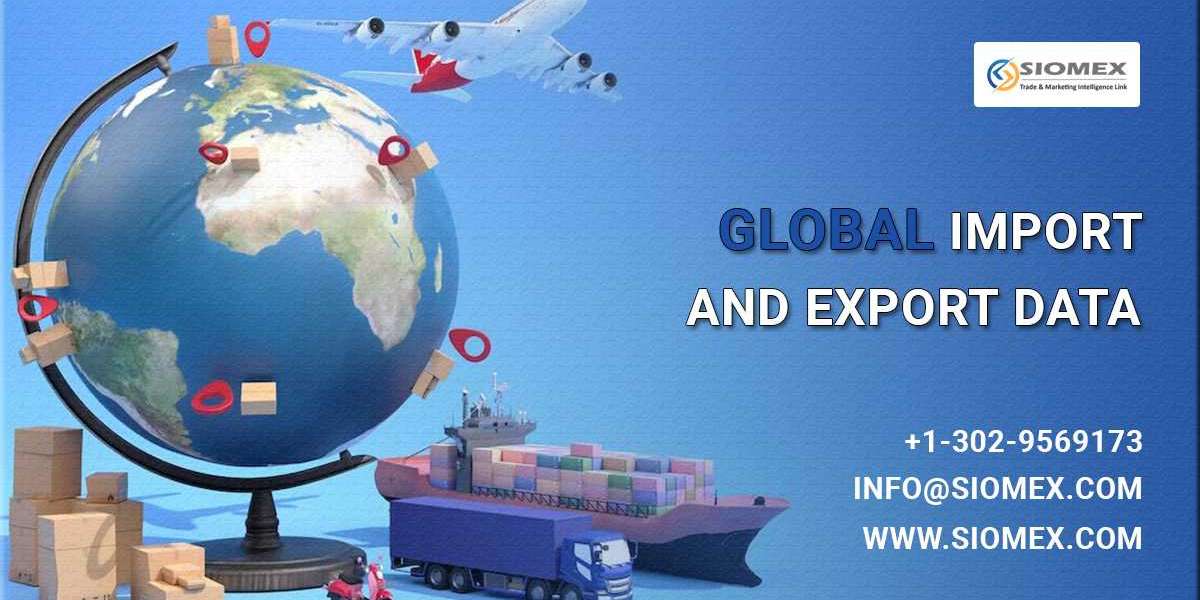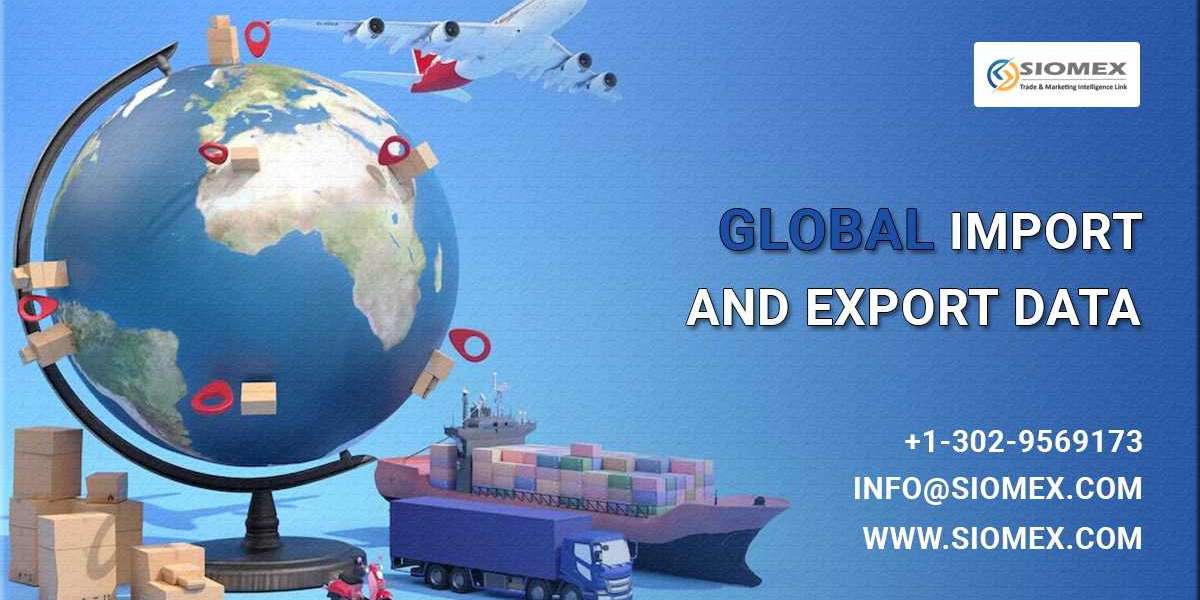In a world of international trade, today’s success is not about selling your product. It’s about knowing who else is selling, where and how much they are selling. This is where import export data comes handy.
It enables you to closely inspect what your competition is doing, understand market trends and identify a way to differentiate yourself.
If you’ve ever scratched your head over how businesses manage to anticipate their competitors’ actions with uncanny accuracy, the answer frequently has something to do with trade data. Today I want to show you how we can compare your competitors with the help of import export data and take better business decisions.
Knowing the Importance of Import Export Data
Before we get into comparisons, it’s worth noting what this data is and isn’t. Import export data constitutes reports derived from trade and shipping activities. It contains specifics such as the selling names of products, volumes shipped, destination countries, supplier names and in some cases quantity or price of goods flowing between one country and another.
For instance, if a company exports spices from India and sells them to the USA, import export data will make it possible for you to see exactly who imports these items, how often, in what kind of quantities. If you have data like that, it is trivial to look at other people working in the field and see what they are doing.
A trusted source such as Siomex, one of the import export data providers, gives such in depth and confirmed trade information. Companies utilize Siomex to Intelligently analyze market, Spot new Buyers Thus importantly Benchmark their Competitors.
Why Comparing Competitors Matters
No business, large or small, is without competition. Whether you’re shipping rice, textiles or machinery overseas, understanding what your competition does is key to making the right decisions. When you look at competitors through the lens of import export data, here is what you’ll see:.
- Which markets are your competitors going after?
- What are they selling the most of?
- How often they transport commodities?
- How about opening new markets?
Let’s take an example. Imagine you’re exporting Indian tea. You can analyze the import export data to spot other tea exporters, their major buyers and countries where demand for tea is rising. This will help you determine whether to enter those markets or concentrate elsewhere where competition is less.
When you are driven by real numbers, you minimize your risks and maximize your odds of success.
There are several ways to Compare Competitors with the help of Import Export Data
And now let’s go through it step-by-step so I makes sense for you.
Step 1: Identify Your Competitors
The first thing you will need to do, however, is take inventory of who your competitors are. You can get names of companies which are dealing in same product range as that of yours by making use of import export data. If you were, for example, a seller of leather bags, the data could tell you who other exporters of leather bags are in your country or region.
This step can help you understand who is active in your industry and who is winning space in the markets.
Step 2: Look at their trading activity
Once you understand your competition, begin to look at their shipment frequencies. Consider how frequently they export or import goods, what volumes they trade and even at which ports.
For example, perhaps you'll discover that one competitor only ships to Europe two times per month while another concentrates on the Middle East. That kind of insight tells you what markets to target and, what trade frequency your business can shoot for.
Startups like Siomex make it easy, by providing data in an organized manner. You can sort shipments by product, country of origin, supplier or receiver and get detailed information on the suppliers and receivers within clicks.
Step 3: Compare Prices and Volumes After You Adjust to the Costa Rican Standard Measure.
Trade is a lot about price. When you compare how pricing changes, you can see what customers in different markets are willing to spend. Export Import data usually provide the value of shipment which can help you to estimate price per unit competitors are selling.
And if you see a competitor selling at a lower price, you can work out whether they are cutting costs or giving discounts for quantity. Conversely, if another company sells at higher prices but is unable to get consistent buyers, that could be the result of better quality or branding.
With this information, you can modify your price strategy to remain in competition but stay profitable.
Step 4: Understand Their Market Reach
Kunuʻu knows where your competition exports, and may point to potential opportunities. Maybe they’re exporting to 10 countries, and you’re only exporting to three. And because you now know that difference, you can see where there’s room to grow.
You can also identify new markets where demand is high and competition is low. For example, if there’s an area that is buying from competitors in your product category and only a few suppliers are competing, perhaps the market could be great for you.
This is one of the best types of trade data that you can use to find opportunity and fill in the gaps where your competitors are leaving money on the table.
Step 5: Check On Their Growth Over Time
Competition changes every year. Some businesses expand while others decelerate. You can keep close eye on your rivals growth by frequent import export data.
Perhaps you’ve observed shipment numbers from a competitor increasing steadily every year. That could mean they’ve added new buyers or expanded into new countries. Alternatively, if they fall off the list, then that might indicate some challenges faced by them that you also need to consider.
Steady monitoring will allow you to predict market shifts and timing for your next pursuit.
Step 6: Look at Their Suppliers and Buyers
Trade statistics also give a valuable insight into the buyersupplier relation. You can see who your competitors are doing business with, or selling to.
For example, if one of your competitors has a major buyer and you notice they are buying from them on an ongoing basis, then you could approach that buyer with a better offer or product. This type of targeted effort will help you grow your business more quickly.
Siomex has a complete database of the buyers and suppliers for your use, giving you access to trustworthy business contacts anywhere in the world!
Real Case for the Use of Import Export Data for Comparison
We can start by looking at the example of agriculture. Let’s say you export rice from India. You notice that one of your competitors mainly sells to African markets and another concentrates on the Middle East, if you search for Siomex data.
Check out how often they ship, how much and even the average value of a shipment. If you notice that demand for a certain product in Southeast Asia is mounting, and there are not many Indian exporters reaching out to the region, then you have found yourself a new business opportunity.
That’s how businesses use data not to mimic others, but to learn from them, adapt and find smarter ways to grow.
Siomex in Competitor Evaluation
Siomex is essential in assisting businesses interpret global trade data. It is a reputed import export data ptofider,which presents the information from credible customs provides it in easy to comprehend format.
While users can find detailed information about global trade activities by searching the product or the company, in other words they will understand and have access to what is going on beneath the surface of world economy. Now competitor comparing is easier and accurate.
Whether you’re a small exporter thinking about expanding or a large corporation considering entering a new market, Siomex specializes in providing data that allows you to execute decisions with certainty. With accurate insights, you not only can learn from your competition but beat them.
Benefits of Comparing Competitors with help of Import Export Data
- More informed planning: You get to create your strategic plans on fact, not guess.
- Market penetration: Find new markets where the competition is not as intense.
- Pricing tips: Set your prices based on actual data.
- Buyer and supplier relations: Connect with international partners.
- Tracking performance: Analyze project growth and market conditions of your competitors.
If used properly, import export trade data can be your roadmap to long-term success in global trading.
Conclusion
It’s not about copying your competitors. It’s knowing their strengths and weaknesses, their plans and your own path… wisely. Export Import Data provides the clarity to help you make informed decisions, enabling you to enhance your trade operations while others can not find ways that will identify opportunities for you other will miss
Making this task easier and more reliable wIth solutIons such as Siomex You don’t have to spend days gathering manual information. It's all right there analyze your competition, take actionable steps towards growing your business.
So, when you wish to know your market better than ever before, begin by analyzing import export data. It’s not simply about numbers it’s a story about the way global trade moves, and how your business can stay in motion with it.
FAQs
What is import export data?
The import Export Data is the facts for merchandise exchanged between nations. Details in the manifest include product type, quantity, shipment date and name of exporter or importer.
How can I compare competitors using import export data?
You can also drill down into who your competitors are, which markets they serve and how often they ship and how much they charge. This way you can learn about their strategy and make yours better.
Why is it important to compare your business to competitors in trading?
It allows you to make smarter business decisions, identify market gaps, adjust your pricing for maximum growth and plan region expansion strategically.
How frequently should I search import export data?
As a rule of thumb, you should review it either every month or on a quarterly basis to look for changes and spot trends before the competition does.
How is Siomex useful for competitor comparison?
Siomex offers precise and timely import-export data for you to study your competitor’s activities, find potential clients and global trade trends at a ground level by providing information on buyers.










